Do you know how to properly place a Bonsai tree? Whether you are just beginning your journey into Bonsai tree care or you’re a longtime pro, placing a Bonsai tree in a location where it will thrive is key for the health of your new plant. But where should you place Bonsai trees for optimum success? And what other tips should you know before beginning this process?
When it comes to the proper placement of your Bonsai tree, you should know whether or not your tree is an indoor or outdoor Bonsai tree species. Some Bonsai trees cannot grow indoors, and others cannot grow outdoors. No matter what species you have, most Bonsai trees require at least 5 to 7 hours of direct sunlight every day, so choosing a location that offers this is necessary!
In this article, we will go over how to properly place a Bonsai tree and what other factors you should consider before choosing a location for your new plant. Whether you have an indoor or an outdoor Bonsai tree, there’s likely a perfect location for it somewhere on your property. Let’s get started!
Where Should Bonsai Trees Be Placed?
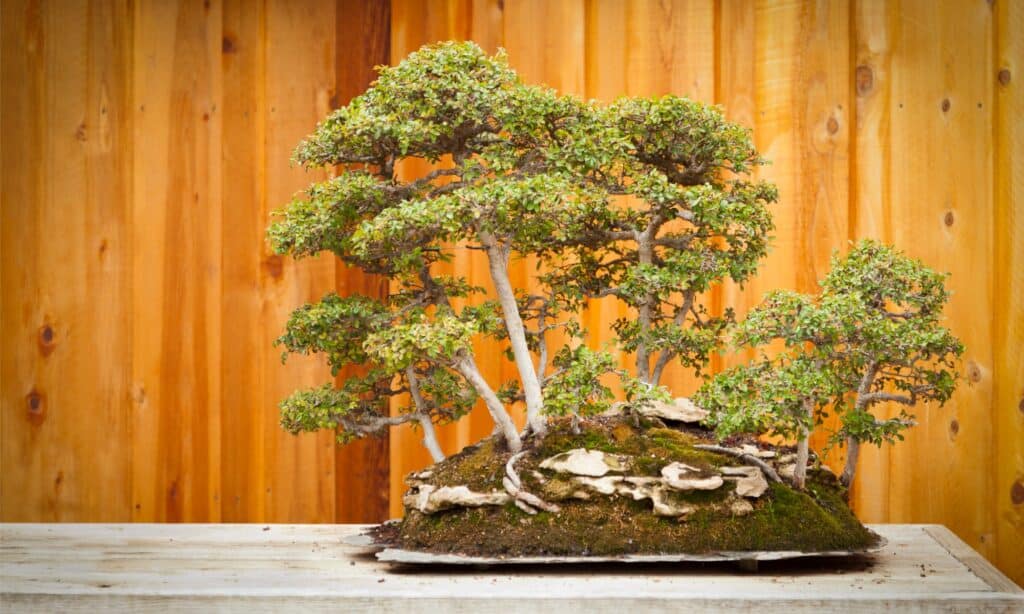
©iStock.com/Feverpitched
Regardless of the type of Bonsai tree that you have, you should know that your tree needs plenty of light, each and every day. Given the fact that Bonsai trees are established from their larger tree counterparts, the care for both sizes of tree can have a lot of overlap. This means that, if you know your Japanese maple tree needs full sunlight, it’s likely that your Bonsai tree will as well!
Many experts recommend keeping your Bonsai tree in a set location for its lifetime unless winter weather prevents you from doing so. Even in conditions where your outdoor Bonsai tree may suffer during cold climates, it’s better to protect it rather than move it. Trees are used to being in a single location for the duration of their lifetime. This is why choosing a proper place for your Bonsai tree is detrimental to its overall health!
But what about the differences between indoor and outdoor Bonsai trees? Where do these species grow best? Let’s take a closer look.
Indoor vs Outdoor Bonsai Trees: Where to Place
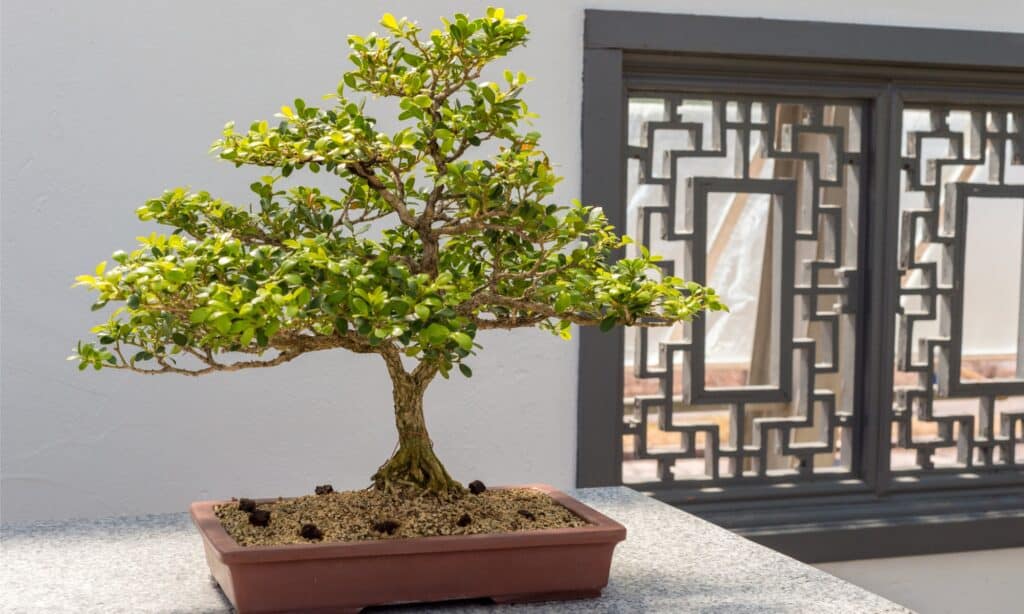
©iStock.com/MarcBruxelle
Hopefully you know by now whether or not you have an indoor or outdoor Bonsai tree. You should definitely determine this before bringing a tree home! Many Bonsai trees grow best outdoors, where they can experience the seasons and change alongside them. However, some Bonsai tree species are subtropical or tropical plants. This means they will likely die in the average outdoor climate.
If you know the tree species that your Bonsai tree is, looking at the care and light requirements of their full-size counterparts is a good place to start. Many pine, elm, and maple Bonsai trees need to grow outside. However, you may need to protect them during the wintertime. Indoor Bonsai trees will not need protection but they will need a much more rigorous care schedule in terms of their humidity levels and water maintenance.
In addition to the more complicated schedule that indoor Bonsai trees have, you also need to make sure that your indoor Bonsai is placed close enough to its source of light. Whether you are using a bright window or a grow light, Bonsai trees are fickle and likely to suffer if they are placed too close or too far away from their source of light! Outdoor Bonsai trees do not have this same problem, given that their sunlight is unfiltered and more direct.
How Much Light Do Bonsai Trees Need?
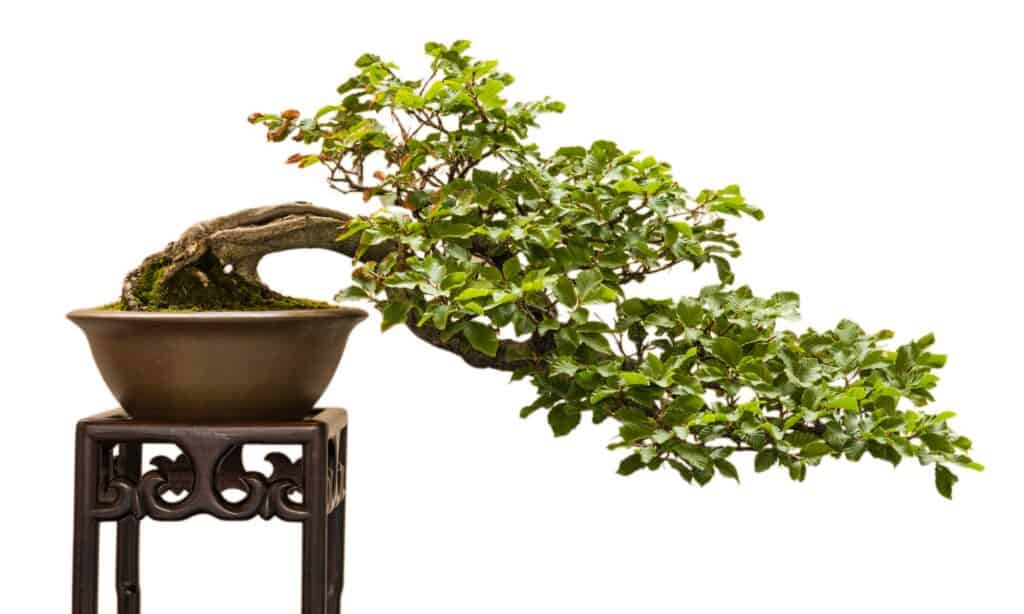
©iStock.com/photohomepage
On average, most Bonsai trees need anywhere from 4 to 8 hours of light each and every day. However, it will greatly depend on the species you have. Doing adequate research on the type of Bonsai tree that you have before you place it is a good idea. This way, you choose a location that is neither too bright nor too shady.
Many experts recommend placing your indoor Bonsai tree in a south-facing window so that it can receive a maximum amount of indirect light. West and east-facing windows are not ideal for Bonsai trees given the fact that they are harsher during certain parts of the day. Outdoor Bonsai trees may also do well in a south-facing location of your yard. For the most part, these tree types are more adaptable overall.
Other Bonsai Tree Tips
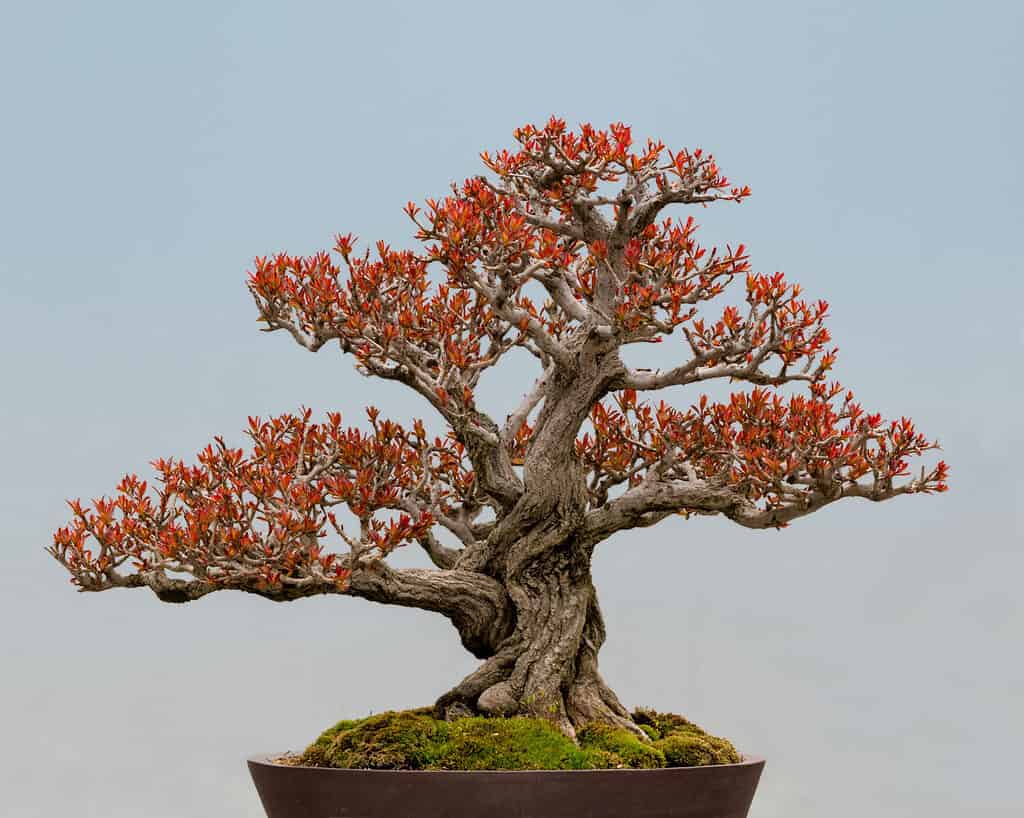
©Nagel Photography/Shutterstock.com
Curious about what else you need to know when it comes to placing your Bonsai tree? Here are some other considerations for you to contemplate before bringing your new tree home!
Daily Watering May Be Required
All Bonsai trees are planted in compact containers with very little room for water or nutrient retention. This is intentional and often the way that all Bonsai trees are designed. This also means that daily watering may be required. Depending on the season, temperatures, and the tree species that you have, delicate watering of your Bonsai tree is necessary to keep it thriving.
Try Not to Relocate Often
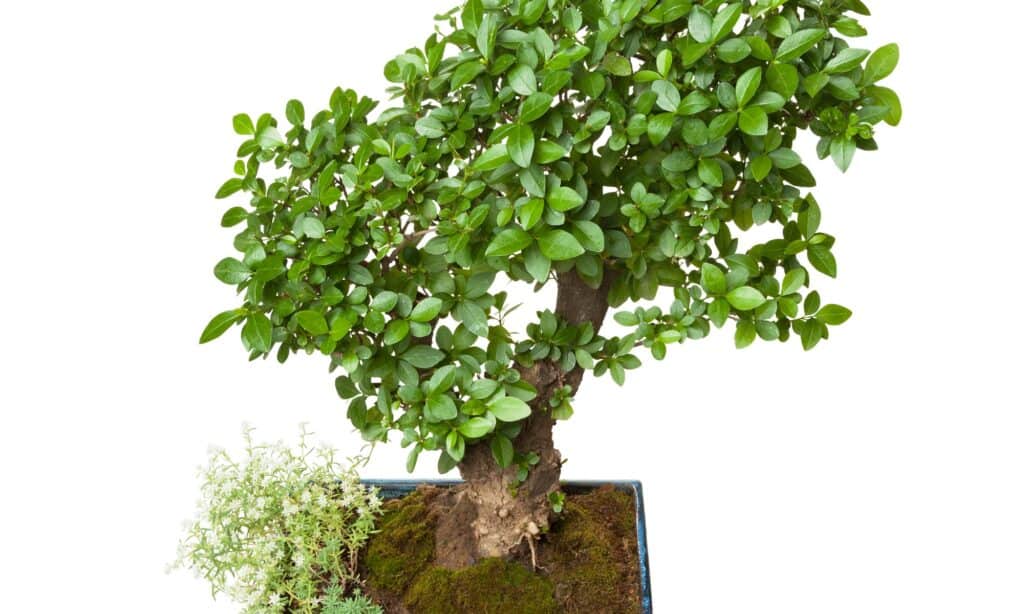
©iStock.com/Reload_Studio
As mentioned earlier, relocating your Bonsai tree is not recommended by experts and most care guides. Trees in nature do not often move, and relocating already-established trees typically results in poor growth habits. The same can be said for your Bonsai tree, even though its container is much more movable than its full-size counterparts!
Your Bonsai tree may survive being moved, especially during the wintertime when it is dormant. Some outdoor Bonsai trees may need to be brought into a garage or more protected area, depending on your local climate and your tree’s tolerance to freezing temperatures. However, frequent changes in light and temperature may result in a Bonsai tree that is weak and more likely to live a shortened life.
Check the Temperature

©Bulgn/Shutterstock.com
Whether you are growing an indoor or outdoor Bonsai tree, knowing the ambient temperature is key for its survival. This is especially true of indoor-grown Bonsai trees. Placing them too close or too far away from their source of light can be detrimental to their health. For example, placing an indoor Bonsai tree too close to a window during wintertime may result in sickness or death if the ambient temperatures are too cold.
A similar result could happen to your outdoor-grown Bonsai trees, especially if you don’t give them protection during the wintertime. The roots of the average Bonsai tree are very close to the surface, making it susceptible to temperature changes. Knowing what temperatures are safe for your Bonsai tree species is necessary for its overall health and care.
Some Bonsai Trees are More Fickle Than Others!
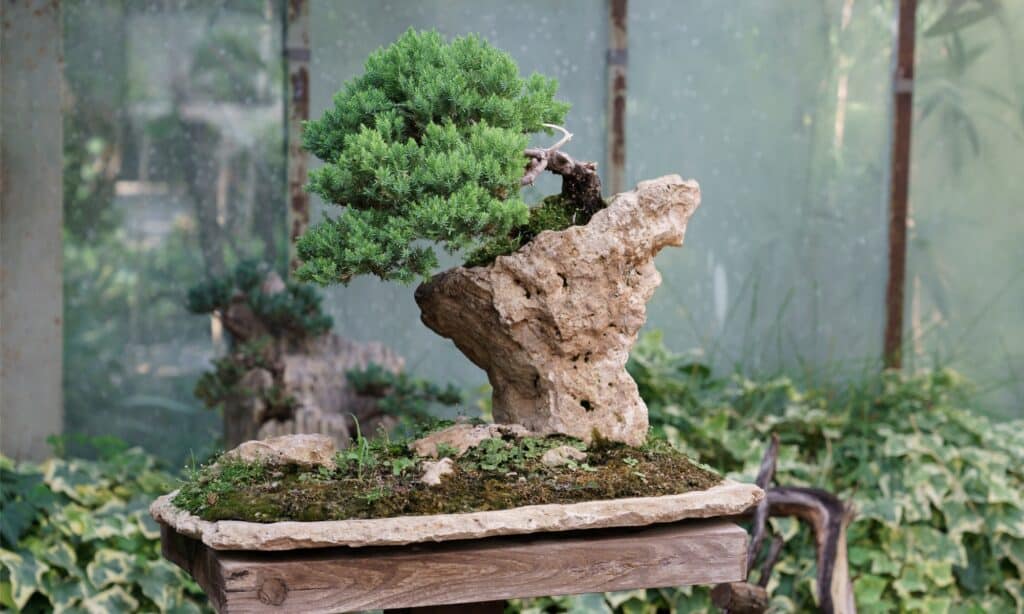
©iStock.com/Dima Berlin
At the end of the day, you may end up killing or damaging your Bonsai tree simply because it is a fickle and delicate tree species. There are different types of Bonsai trees that are perfect for beginners. However, even more types are designed for expert-level care. Proper placement of your Bonsai tree is just the beginning. Many other factors could result in irreparable damage to your tree.
That being said, many Bonsai trees are capable of being saved and damage can be reversed. Keep in mind that pruning, shaping, watering, and light levels all contribute to the overall health of your Bonsai tree. Whether you are experienced or not, Bonsai trees are a journey and a mindful experience for the average plant owner. It’s something to certainly be proud of!
If you’re brand-new to Bonsai trees, check out our article that’s all about beginner Bonsai trees, down below. And happy planting!
Up Next:
- Discover The 20+ Different Types of Bonsai Trees
- Discover the Oldest Bonsai Tree and Where to See it
- The 10 Best Bonsai Trees for Beginners
The post How to Properly Place a Bonsai Tree appeared first on AZ Animals.
from Animal News, Facts, Rankings, and More! - AZ Animals https://ift.tt/zTBAZv8